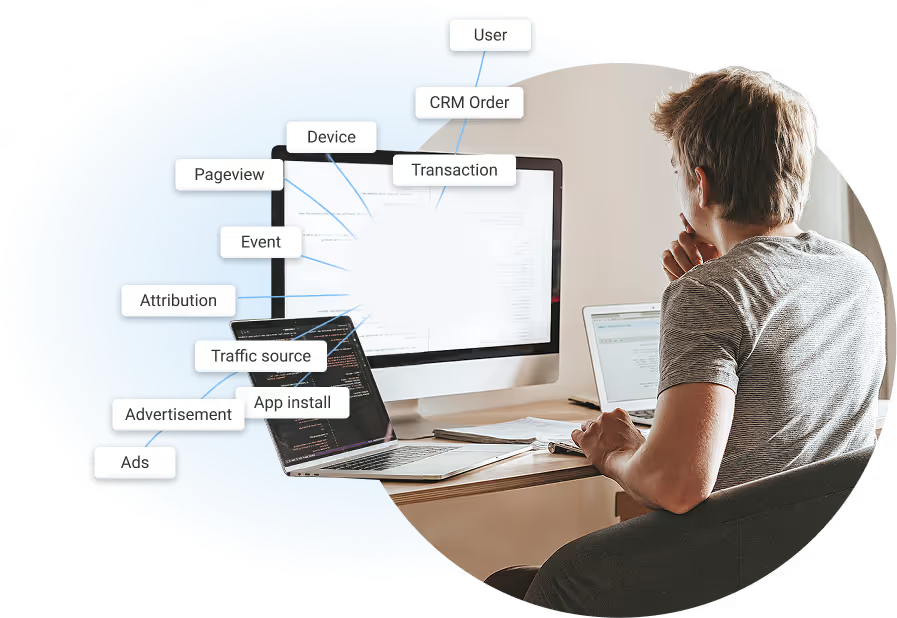

Average Time on Page is a user engagement metric that shows the average duration visitors spend viewing a specific page on your website. It helps assess how compelling or valuable your content is to users.

You calculate Average Time on Page by dividing the total time users spend on a specific page by the number of pageviews (excluding exits or bounces that don’t allow time tracking).
Average Time on Page = Total Time Spent on Page ÷ (Pageviews – Exits)

Average Time on Page = Total Time Spent on Page ÷ (Pageviews – Exits)

If your blog post receives 2,000 views, and users collectively spend 3,000 minutes on that page (excluding exits), your Average Time on Page would be 1.5 minutes.

OWOX BI helps you measure Average Time on Page across landing pages, blog content, and product pages—so you can spot which content holds user attention and which needs improvement.
Start your free trial today and gain full control over your Average Time on Page!

A good Average Time on Page varies by page type, but for most content-heavy pages, 1–3 minutes is considered strong engagement.

A very low Average Time on Page—under 30 seconds—may suggest the content is unhelpful, poorly formatted, or misaligned with user intent.

Break up content with headings, visuals, and short paragraphs to encourage deeper reading and scrolling.

Use videos, infographics, or animations to enrich the page experience and keep visitors engaged longer.

Add contextual links to related pages to guide users toward additional valuable content and extend session time.